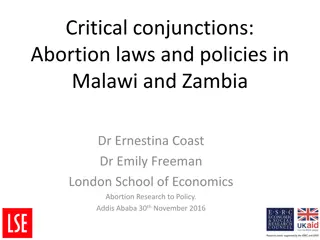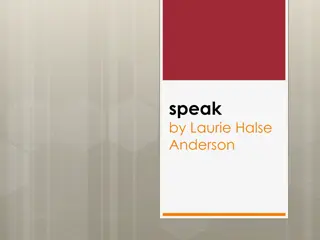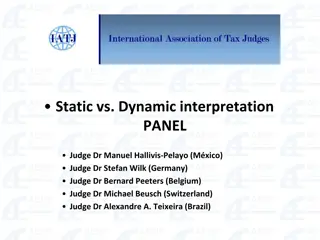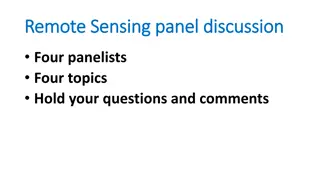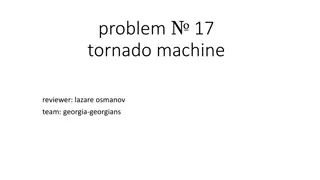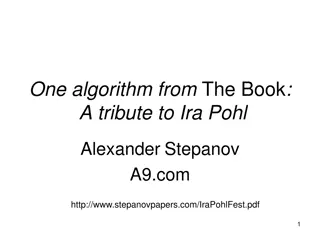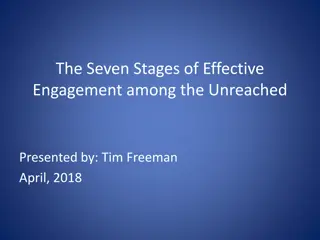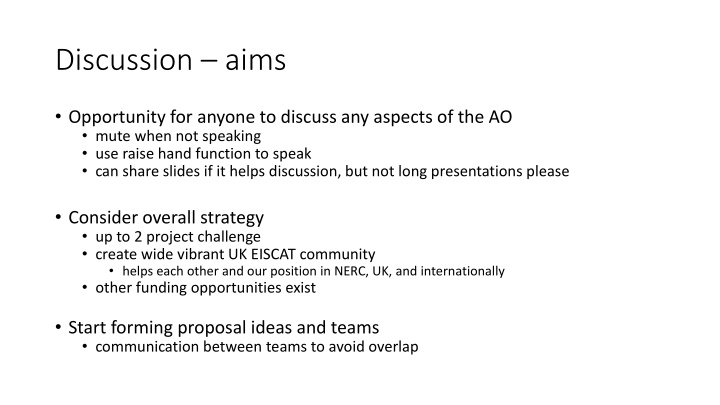
EISCAT_3D Project Challenges for UK Community Collaboration
Explore the EISCAT_3D project challenges encouraging wide participation from the UK community, focusing on ionospheric coupling research. Engage in discussions, form teams, and develop proposals to enhance community involvement and secure funding opportunities.
Download Presentation

Please find below an Image/Link to download the presentation.
The content on the website is provided AS IS for your information and personal use only. It may not be sold, licensed, or shared on other websites without obtaining consent from the author. If you encounter any issues during the download, it is possible that the publisher has removed the file from their server.
You are allowed to download the files provided on this website for personal or commercial use, subject to the condition that they are used lawfully. All files are the property of their respective owners.
The content on the website is provided AS IS for your information and personal use only. It may not be sold, licensed, or shared on other websites without obtaining consent from the author.
E N D
Presentation Transcript
Discussion aims Opportunity for anyone to discuss any aspects of the AO mute when not speaking use raise hand function to speak can share slides if it helps discussion, but not long presentations please Consider overall strategy up to 2 project challenge create wide vibrant UK EISCAT community helps each other and our position in NERC, UK, and internationally other funding opportunities exist Start forming proposal ideas and teams communication between teams to avoid overlap
Up to two project challenge 1 project limits community involvement and gives up possible second 2M project 2 overlapping projects will end up as just one being selected >2 projects runs similar risk and/or each may be too niche (e.g., only 1 question) To get two Topic A projects requires: highest quality, compared with other topic proposals no overlap but ideally synergy obvious why two can t be one only two Topic A proposals
Scope Four UK priority research areas for EISCAT_3D have been identified on multi-scale ionospheric coupling: Q1: How to estimate small-scale Joule heating from large-scale measurements and represent this in space weather GCMs? How important is small scale heating to uncertainties in thermospheric drag on satellites and space debris? EISCAT_3D will measure both ionospheric heating and track satellites/debris with high precision. Q2: How are small-scale electron density irregularities related to larger-scale ionospheric conditions and structures, such as polar patches? EISCAT_3D will measure electron density irregularities down to 100m, and ~100km conditions under which they occur. Q3: What is the small-scale electrodynamic structure of individual auroral arcs? What small-scale processes are important to auroral arc evolution? EISCAT_3D will measure electron density, electron and ion temperatures and electric fields on inner (100m) and outer (km) scales of an arc. Q4: What is the long-term variability of the lower ionosphere and how this reflects the balance between forcing from space weather above and climate below? EISCAT_3D will measure plasma parameters at high resolution at critical altitudes where upward waves from the troposphere break to modify structure and circulation.
Up to two project challenge - example Multi-scale ionospheric structure and dynamics Q1: How to estimate small-scale Joule heating from large-scale measurements and represent this in space weather GCMs? Q2: How are small-scale electron density irregularities related to larger-scale ionospheric conditions and structures, such as polar patches? Q3: What is the small-scale electrodynamic structure of individual auroral arcs? Upper atmosphere influences from above and below Q4: What is the long-term variability of the lower ionosphere and how this reflects the balance between forcing from space weather above and climate below? Q3: What small-scale processes are important to auroral arc evolution? Q1: How important is small scale heating to uncertainties in thermospheric drag on satellites and space debris?
Proposal ideas and teams BAS, Bath, Northumbria, RAL, Southampton,




